Combining a ductile metal matrix with brittle ceramic additions leads to new composite materials with superior mechanical properties, which appears to be ideal for structural and crash-absorption applications.
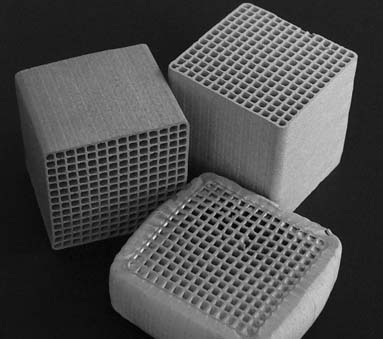

Combining a ductile metal matrix with brittle ceramic additions leads to new composite materials with superior mechanical properties, which appears to be ideal for structural and crash-absorption applications.
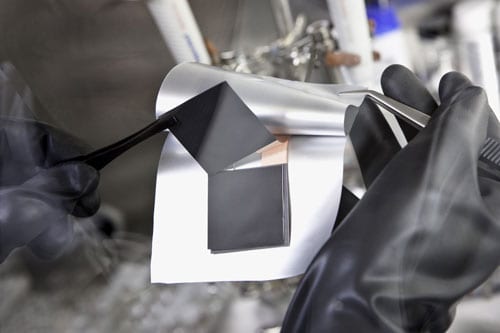
BASF builds its Battery Materials capabilities with the purchase of Merck’s electrolytes business.
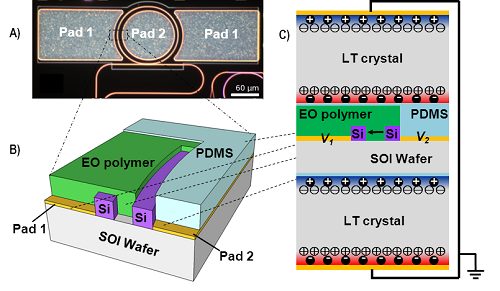
Electro-optical materials can be efficiently poled with a static field generated by pyroelectric crystals, report A.K.-Y. Jen and coworkers.
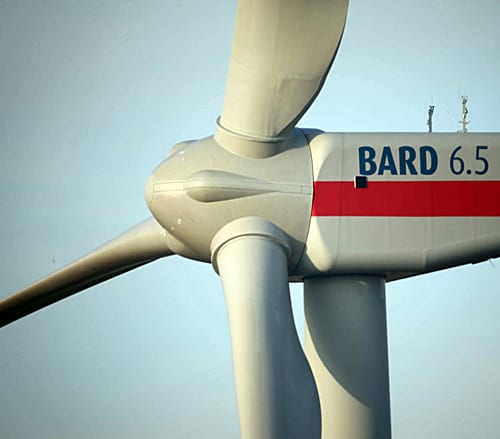
BARD is testing two prototypes of its new 6.5 megawatt class. The official beginning of the certification tests is scheduled for the end of February 2012.
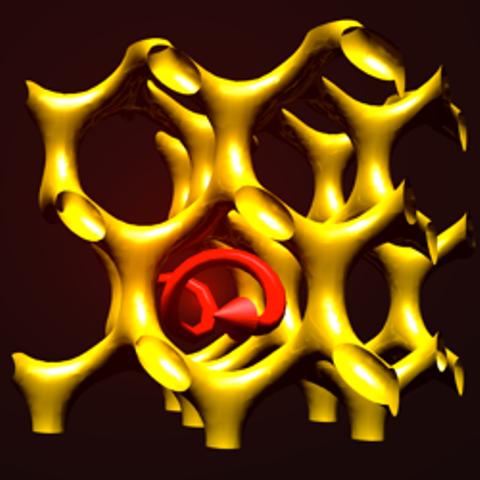
Scientists have fabricated a 3D metamaterial, which shows linear and circular dichroism, using a self-assembled block copolymer as a template.
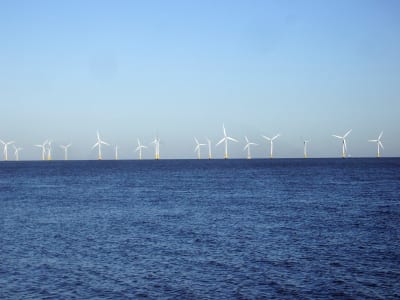
Offshore wind turbines are exposed to high dynamic loads in a high corrosive environment. A new overview describes the occurring loads and the fatigue resistances of typical offshore support structures.
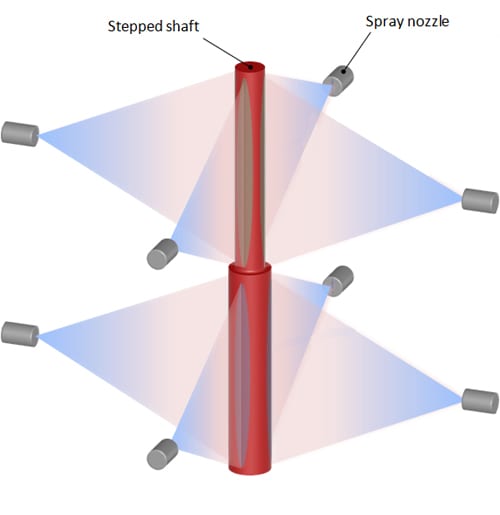
A controlled two phase spray cooling method makes quenching without distortion possible.
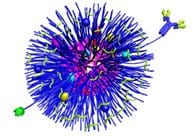
Researchers at the Wooley Laboratory have used polymers to mimic the characteristics and actions of biological nanoparticles and structures.
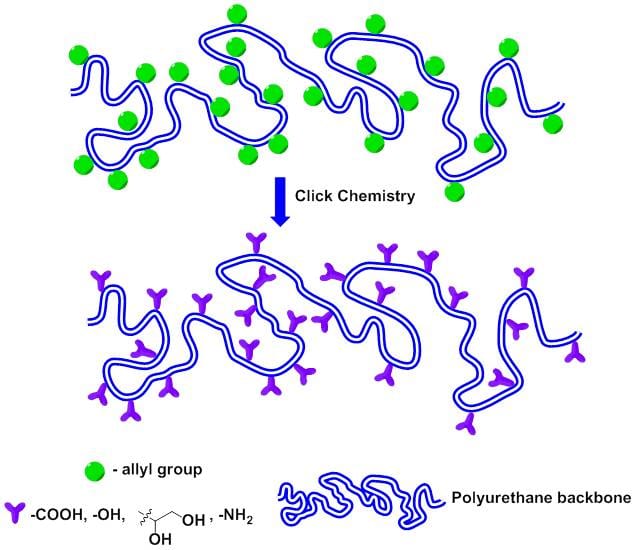
Multifunctional polyurethanes are prepared by the thiolene reaction to L-arabinitol-based PUs with multiple pendant O-allyl groups.
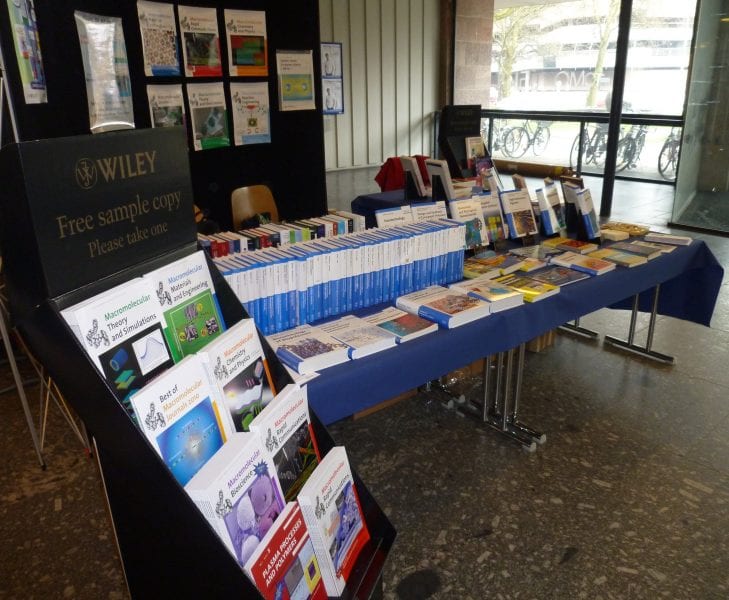
This year’s Macromolecular Colloquium will be held in Freiburg from the 23rd to 25th of February.